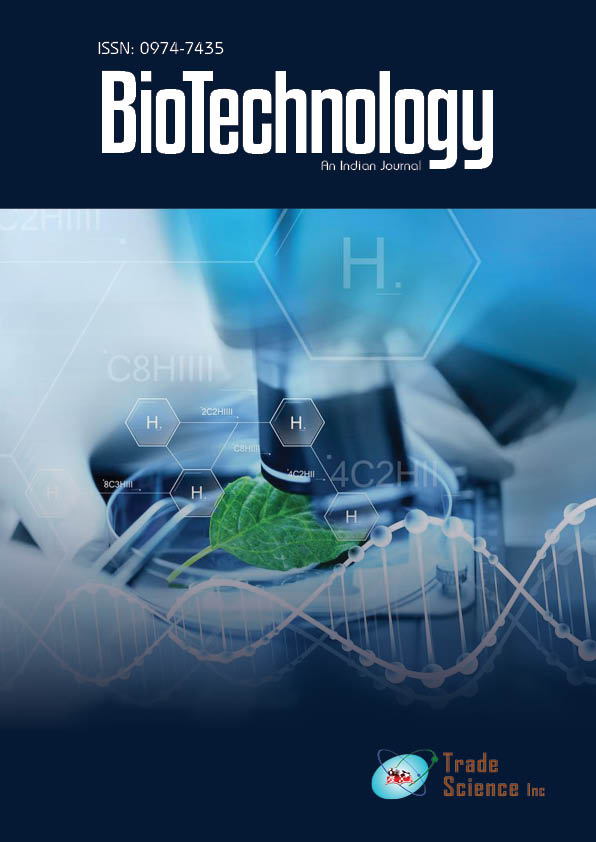Abstract
Kinetics Of Batch Microbial Degradation Of Phenols By Indigenous Pseudomonas Aeruginosa
Author(s): S.E.Agarry, E.Betiku, B.O.SolomonThe potential of various organisms to metabolize organic compounds has been observed to be a potentially effective means in disposing of hazardous and toxic wastes. Phenolic compounds have long been recognized as one of the most recalcitrant and persistent organic chemicals in the environment. The bioremediation potential of an indigenous Pseudomonas aeruginosa was studied in batch culture using synthetic phenol in water in the concentration range of (100-500)mg/L as a model limiting substrate. The effect of initial phenol concentration on the degradation process was investigated. Phenol was completely degraded at different cultivation times for the different initial phenol concentrations. Increasing the initial phenol concentration from100mg/L to 500mg/L increased the lag phase from0 to 24hrs and correspondingly prolonged the degradation process from54hrs to 168hrs.There was decrease in biodegradation rate as initial phenol concentration increased. Fitting data into three different kinetic models (Monod, Haldane, and Yano and Koga) showed that the difference in fit between the models was very small and thus statistically insignificant. Thus, the Yano and Koga model has been used to interpret the free cell data on phenol biodegradation. The kinetic parameters have been estimated up to initial phenol concentration of 500mg/L. The rsmaxdecreased, Ks and Ki increased with higher concentration of phenol. The rsmax has been found to be a strong function of initial phenol concentration.

